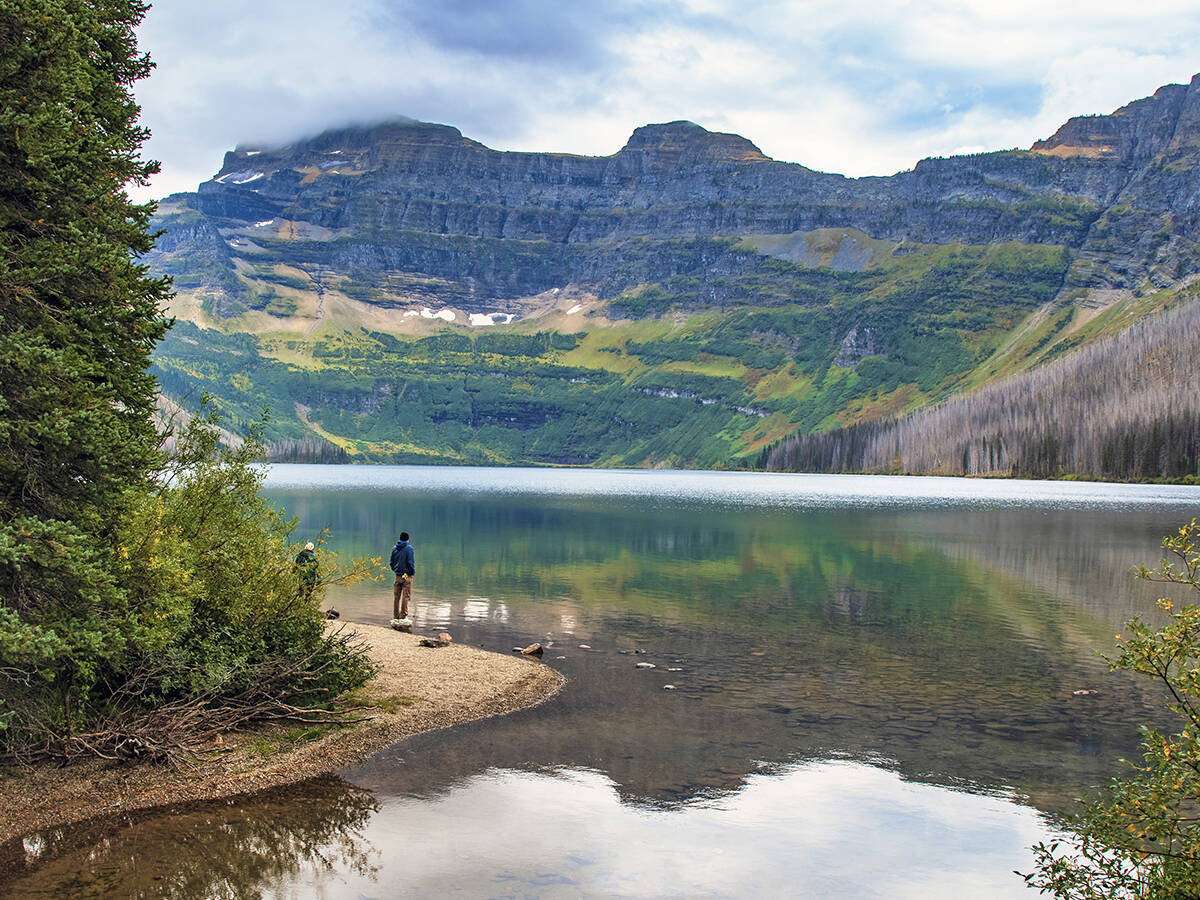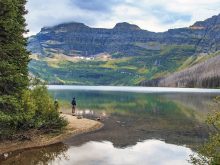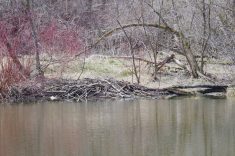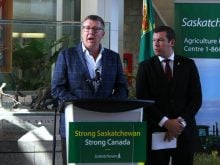Winnipeg residents voted for more of the same so Manitoba farmers also got more of the same: an NDP provincial government with almost no rural MLAs.
Premier Greg Selinger promised in his victory speech Oct. 4 to serve all Manitoba residents, even if they are among the 43 percent who voted PC and more than 55 percent who voted for other parties.
“No matter who you voted for, thank you for participating. Thank you for getting involved in the democratic process. We will listen to your concerns,” said an elated Selinger, who took over as premier two years ago when Gary Doer stepped down.
Read Also

Fall is an ideal time to visit Waterton Lakes National Park
While worth visiting any time, our favourite season to visit Waterton Lakes is fall with fewer people, pleasant weather and a better chance of seeing wildlife.
“We will listen to your priorities. And we will govern for all Manitobans, regardless of their politics, regardless of their region, regardless of their background. We will govern for all Manitobans.”
PCs dominated the voting in most rural seats, but the NDP hung on to its two most rural seats in comfortable victories in the Swan River and Interlake constituencies. Agriculture minister Stan Struthers was easily re-elected in Dauphin.
All three constituencies are on the northern edge of the grain belt and many expected NDP MLA Tom Nevakshonoff to lose his Interlake seat after he made comments during the spring flooding that some considered insensitive.
The Swan River seat was formerly held by long-time former agriculture minister Rosann Wowchuk, who chose not to run in this election.
Former Keystone Agricultural Producers president Ian Wishart was elected for the PCs in Portage la Prairie.
The NDP government will have a comfortable majority, with 37 seats to the PCs’ 19 and the Liberals’ one. However, its 46 percent of the popular vote is only slightly ahead of the PCs’ 44 percent. The Liberals had seven percent and the Green party received three percent.
The disparity between the vote share and the seat share is explained by massive PC victories in rural areas and closer victories for the NDP in Winnipeg seats. The PCs won only four seats in Winnipeg, while the NDP received 23 and the Liberals one. With only 29 seats needed for a majority, winning Winnipeg plays a major role in winning a Manitoba election.
The NDP and PCs split the two seats in Brandon and the NDP took the four northern seats.















